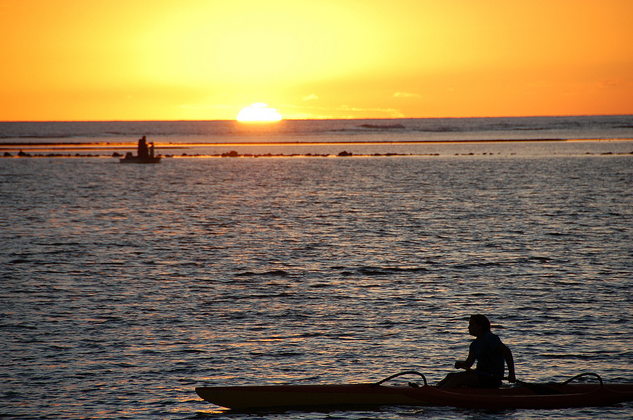
“Turn your face toward the sun and the shadows will fall behind you.” ~Māori Proverb
Life is about lessons, would you not agree? If we’re not learning every day, all the time, then what on earth are we doing? Often, the universe speaks to us in gentle metaphor, and if we’re completely present in the moment, we can recognize lessons, delivered in poetic images.
One of the clearest lessons of my life was a number of years ago, when I was living in a crumbling house in the White Mountains of New Hampshire. At the time, I was a single mother, raising my two children by working as a bartender at the Eastern Slope Inn. During my time there, I met and became friends with a wonderful woman, named Katy.
Katy is one of the best people on earth. She’s smart, funny, generous, and extremely kind. She also has an evil streak, which delights me. During my time in New Hampshire, one of my favorite ways to spend a summer day off was to kayak with her down the Saco River.
I’m not an outdoorsy type, but somehow or other Katy managed to talk me into kayaking. After my first experience, I was hooked. There’s something magical about observing life from the middle of a river.
One of the best things about kayaking for me was that very little effort or skill was required. It was a truly relaxing experience. The most difficult part was loading the kayaks onto the top of Katy’s car!
The plan for the day was always simple: We would take sandwiches, drinks, and towels, and pack them into “dry bags” to protect them from the water. We’d wade into the river and each one of us would climb into a kayak and set off downstream.
For the most part, the current would carry our kayaks along.
Sometimes, if things slowed down, we’d paddle a little. I’d angle my paddle this way and that, experimenting with different depths and strokes, practicing turning, and slowing down. I quickly developed a measure of confidence, piloting my little boat.
We’d navigate downriver for an hour or two and, when we got hungry, start scanning the shore for places to picnic. When we agreed on a spot, we’d hop out of our kayaks and wade onto the beach, drawing our boats high up on the sand, to make sure we didn’t lose them.
Our kayaking expeditions were so much fun that I was constantly nagging Katy. “When can we go kayaking again? Can we go tomorrow?” The problem was that it wasn’t simply a matter of Katy’s availability, or mine. It also depended on the water level of the river.
If the river was too low, there were spots where we’d get stuck. Too high, and it could be dangerous. So, we were obliged to wait for perfect conditions and for that reason, this wasn’t something we did as often as both of us would have liked.
One day, after a rainstorm, the river was high but not too high to kayak. Or so Katy thought. We set off down the Saco on a perfect White Mountain summer day—clear air, hot sun, gentle breezes.
The water was definitely more rapid than usual, but that only made the experience stimulating and made me feel like a professional kayaker.
I hopped into my vessel and navigated it expertly downriver, controlling speed and trajectory with the slightest angle of the paddle. The water was fast, but it was okay. Damn, I was getting good at this.
A little way downriver, a huge, tree trunk appeared in the middle of the water. Katy, who was ahead of me, expertly maneuvered her kayak around the tree, shooting past it into the clear lane of water beyond. She turned part way around and called out, “Be careful there!”
The river was fast and high. I was shooting along, much faster than I intended. Oh dear. Trying to slow down only resulted in destabilizing the boat or turning it sideways. If I wasn’t careful, I’d be going downstream backwards!
The tree trunk was looming—enormous—ahead of me, smack dab in the middle of my path. I had only one thought in my mind. “I don’t want to hit that tree trunk! I don’t want to hit that tree trunk!”
Chanting this mentally, I focused on the obstacle and, although I was attempting to kayak around it, instead, I collided with it, head-on.
My boat capsized and I found myself submerged in the waters of the river, paddle floating one way, dry bag floating another, hair in my eyes, water up my nose, T-shirt billowing around me.
Katy, up ahead, turned her kayak part way around and asked in a panicky voice, “Are you all right?”
“I’m fine,” I sputtered, feeling foolish, as I gathered up my stuff and righted my boat. Getting back into the kayak was no easy feat, but I eventually managed it and began paddling again, with water sloshing around me. I felt about as sophisticated as a toddler in a wading-pool.
The unplanned dip refreshed and invigorated me, and I had a good laugh at my own expense. Soon, I found my rhythm and was on my way again in my floating pool. Sailing along, I reviewed what had just happened, going over the details in my mind.
The cause of the accident was crystal-clear. I hit that tree-trunk because that’s what I was focusing on. In order to avoid collision, I needed to focus beyond it.
It was only a matter of minutes before the river provided me with an opportunity to test my theory. Up ahead, there was a boulder—a huge one—once again, directly in the middle of my path, with two, narrow lanes of water on either side.
For the second time, Katy zoomed efficiently around the rock, and now it was my turn. My inclination was to focus on the boulder but, remembering my recent lesson, I glanced at it to make myself aware of its presence and then focused to the right of it, where I wanted my boat to go.
It was a narrow path, but I continued focusing on where I wanted the boat to go, and as I did so, the kayak sailed gracefully around the boulder and into open water.
Wow! Never had a lesson been more clear…
One cannot avoid problems in this life. No sooner is one resolved, than another one presents itself. But the solution is never to be found in focusing on the problem! One has to focus on the desired outcome.
In traveling from point A to point B, it’s easy to obsess over all the possible negative, worrisome, or even tragic outcomes of an event. It takes discipline not to allow the mind to carry us down these dark and fear-filled pathways.
We need to direct our minds into the light, like directing a kayak into open water on a rapidly moving stream.
Focusing on illness will never create health. Focusing on unpaid bills or an overdrawn bank account will not create abundance. Focusing our attention on a problem will only serve to magnify it.
In order to find solutions, we need to do three things:
- Imagine
- Focus
- Feel
We need to imagine the light and expansive feeling that such an outcome will create.
We need to summon that feeling into the moment and focus on it. Then, we need to really feel it. These three steps are crucial to creating the reality that we seek.
Photo by Rose Braverman
About Tiela Garnett
Tiela Garnett is a life-coach and writer. She has created the site Personal Guru to assist you in empowering yourself through connection to the Master Teacher within your own life. Contact her for inspiration or one-on-one coaching at Personal Guru and visit her new site pathofthetrueself.com.




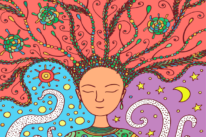


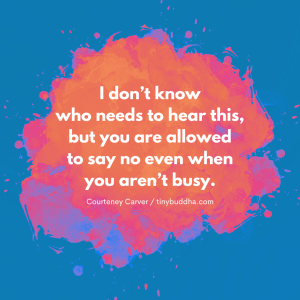
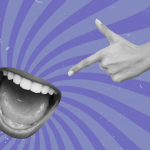
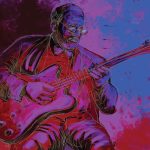

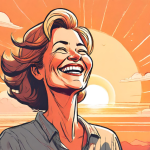
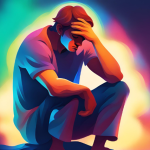
 Though I run this site, it is not mine. It's ours. It's not about me. It's about us. Your stories and your wisdom are just as meaningful as mine.
Though I run this site, it is not mine. It's ours. It's not about me. It's about us. Your stories and your wisdom are just as meaningful as mine. 